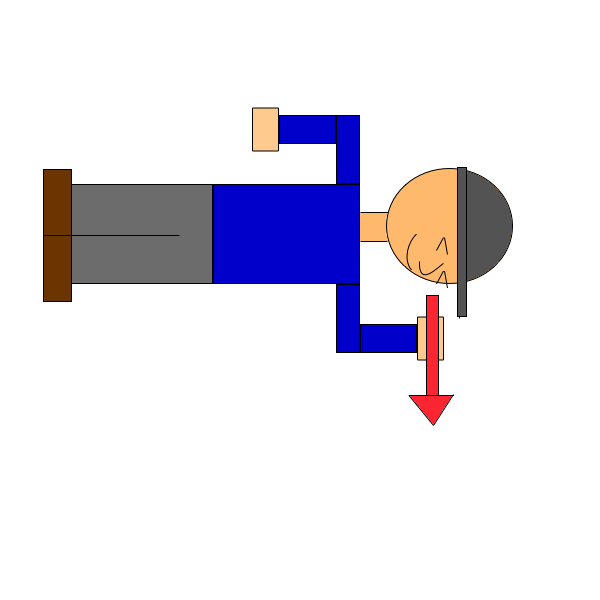Skip over navigation




Is there more than one answer each time?
If you don't want to use the interactivity, you could print off and cut out a man from this sheet.

Or search by topic
Number and algebra
Geometry and measure
Probability and statistics
Working mathematically
Advanced mathematics
For younger learners
Turning Man
Age 5 to 7
Challenge Level 





- Problem
- Getting Started
- Student Solutions
- Teachers' Resources
Turning Man
Use this interactivity to find out how many times you could press the "turn" button to make the man look the same as in each of the pictures.




Is there more than one answer each time?
If you don't want to use the interactivity, you could print off and cut out a man from this sheet.
Why do this problem?
This problem is intended to help children who are confident about turning themselves a quarter or half turn, but find it difficult to relate this to quarter or half turns in a picture or diagram. The Turning Man is a "halfway house" between these two.Possible approach
Young children need plenty of opportunities to turn themselves before they are able to apply the ideas to other things. By way of introduction, you could work with them in a large space, perhaps outside or in the school hall, asking them to turn by different amounts physically. They can find it difficult to visualise turning and this problem, with the
interactivity, offers a bridge.
If you do not use the interactivity, you could print off this sheet of men and give each child, or pair, one man. You could have your own man pinned to the board and demonstrate how he can be rotated, in quarter turns. You will probably need to ask the children to turn their man
in the same way before going on to pose questions orally with the whole class. Children could then work in pairs on the challenges by moving their man on the table.
Key questions
Which way round does the man turn?
Where will he be after one, two, three ... turns?
Possible extension
This problem could be extended by asking pupils to predict what the man will look like after a certain number of turns - they could then check using the interactivity or a paper copy of the man.You may also like
Let's Investigate Triangles
Vincent and Tara are making triangles with the class construction set. They have a pile of strips of different lengths. How many different triangles can they make?

